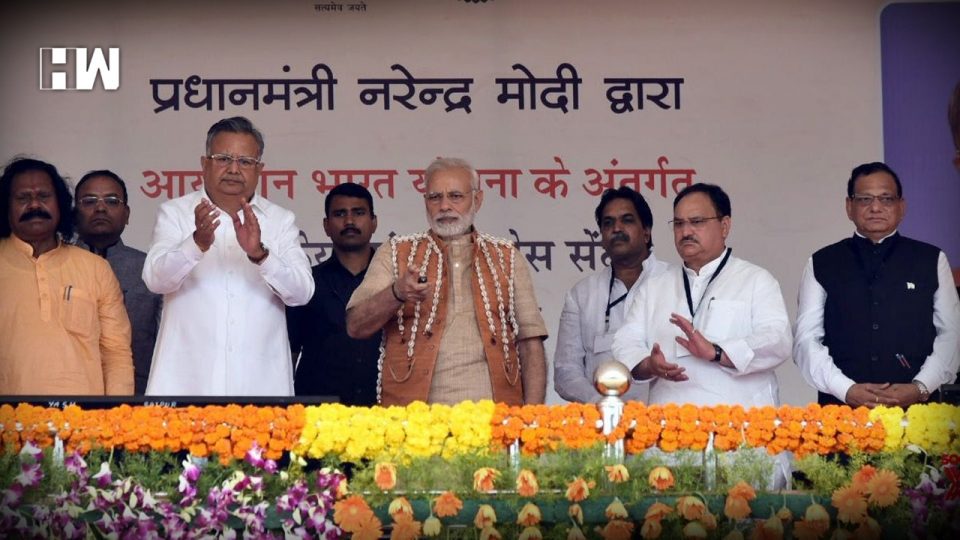New Delhi | The National Health Agency (NHA), responsible for implementing the PMJAY, in a circular has advised states to authorise district collectors and district magistrates to identify eligible beneficiaries under the scheme.
The move comes amid reports of names of some people, who do not fall in the specified deprivation categories of the SECC data, figuring in the list of eligible beneficiaries.
The NHA has asked the officers to introduce exclusion clauses in the Socio-Economic and Caste Census (SECC) data to identify those not eligible for the scheme
The Ayushman Bharat- Pradhan Mantri Jan Arogya Abhiyan (AB-PM JAY), was launched pan-India by the Prime Minister from Jharkhand on September 23.
The scheme aims to provide a coverage of Rs 5 lakh per family annually, benefiting more than 10.74 crore poor families for secondary and tertiary care hospitalisation through a network of empanelled health care providers.
The circular stated that the SECC 2011 is a study of the socioeconomic status of rural and urban households that allows ranking of households based on predefined parameters.
It was conducted under the overall coordination of the Department of Rural Development. The data is based on the 2011 SECC riding over National Population Register demographics.
Households having motorized two, three or four wheeler, fishing boat, mechanized three or four wheelers agricultural equipment, Kisan Credit Card with a credit limit of above Rs 50,000 and in which a member is a government employee and households with non-agricultural enterprises registered with the government are automatically excluded, as per SECC 2011.
Those having a member earning more than Rs 10,000 per month, paying income tax, professional tax, three or more rooms with pucca walls and roof, a refrigerator, a landline phone are also excluded, it said.
Households owning more than 2.5 acres of irrigated land with one irrigation equipment, owning five acres or more of irrigated land for two or more crop season, owning at least 7.5 acres of land or more with at least one irrigation equipment are also excluded, according to SECC 2011.
“This study was conducted in 2011, an additional data collection drive was undertaken to update family data. However, there may still be some glaring instances, where some of those who have to be automatically excluded, are figuring in the list of eligible beneficiaries,” the circular said.
There also could be families with one or more members as government employees or elected representative, it said.
“In such cases, states are advised to authorise the district collectors/ district magistrates or deputy commissioners to exclude such beneficiaries from the eligible list.
“This should be done on the basis of written representation and after a due summary inquiry is conducted into each particular case,” the circular added.
For urban areas, the 11 occupational criteria will determine entitlement. These categories of workers are rag pickers; beggars; domestic workers; street vendors; cobblers, hawkers and other service providers working on streets; construction workers, plumbers, masons, labourers, painters, welders, security guards, coolies and other head-load workers and sanitation workers, it said.
As an independent media platform, we do not take advertisements from governments and corporate houses. It is you, our readers, who have supported us on our journey to do honest and unbiased journalism. Please contribute, so that we can continue to do the same in future.

